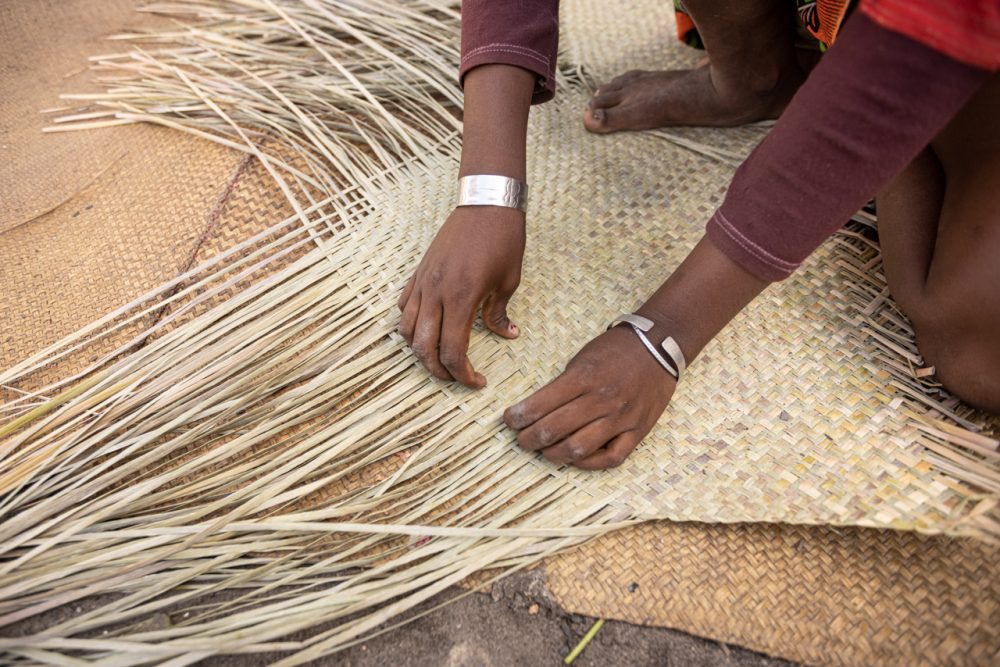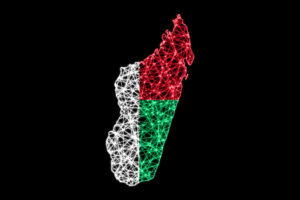Sustainable crafts : How Madagascar’s craftspeople are adapting to ecological challenges
Despite its rich culture and diverse craft heritage, Madagascar has not escaped the ecological challenges facing the world today. The exploitation of trees, bush fires and dwindling resources are making themselves felt day by day. Madagascan craftspeople, guardians of ancestral traditions, now find themselves at a crossroads where the need to preserve the environment is combined with their traditional know-how. Faced with growing ecological challenges, these craftsmen are obliged to adopt more sustainable practices, combining tradition and innovation to protect their island and its resources.
The Wealth of Malagasy Crafts :
Thanks to its cultural diversity and multi-racial population, Malagasy crafts are varied and rich, ranging from basketry and textiles to woodcarving and jewellery-making. Each region of the island, from the north to the far south, has its own specialities, and the techniques are passed down from generation to generation. However, these craft practices are often dependent on local natural resources, whose intensive exploitation could threaten Madagascar’s ecosystem. The massive use of precious woods and endemic resources is gradually leading to their extinction, which is detrimental to both nature and the craftsmen, because without resources, there is no art.
The current ecological challenges :
As a result of this massive exploitation, Madagascar is currently facing a number of environmental challenges: deforestation, loss of biodiversity, soil erosion and climate change. The unsustainable exploitation of natural resources for handicrafts could exacerbate these problems.
Take, for example, the case of the Foko Zafimaniry from Ambositra, in the Malagasy highlands: the excessive cutting of wood for their carvings is threatening the primary forests. Almost all the forest in the area surrounding the settlements has now become deserted, threatening both the skills of this ethnic group, which depends mainly on wood for carving, and the species and local ecosystem that are gradually losing their habitat.
Furthermore, the unregulated collection of plant fibres for basketry could exhaust certain endemic plants, mainly located in the north of Madagascar.
Our ambition: sustainable craftsmanship :
In response to these challenges, and aware of the threat to the environment, more and more Madagascan craftsmen are turning to more sustainable practices. Here are just a few of the initiatives that have been put in place :
Use of environmentally-friendly materials and promotion of recycling :
Craftsmen now favour ecological and renewable materials. For example, in the highlands of Madagascar, where plants play a crucial role, many innovations have been introduced. Some Zafimaniry craftsmen now use less rare local woods rather than endangered precious woods. Similarly, craftsmen who make Antemoro paper no longer use tree bark, but prefer recycled paper.
Waste recovery :
Some designers are turning waste materials such as plastic into works of art. For example, plastic bottles or old clothes can be reused to create jewellery or fashion accessories, reducing waste and promoting a circular economy. Local businesses are even going so far as to turn plastic waste into durable school tables or chests of drawers.
Revitalised Traditional Techniques :
Artisans are rediscovering and adapting age-old techniques that are less resource-intensive. For example, using natural dyes for textiles instead of harmful chemicals. Numerous associations are working with the local authorities, and chemists are currently working on a project to produce large quantities of vegetable dyes.
Certification and Cooperatives :
Certification initiatives, such as the Fair Trade label, and the formation of craft cooperatives help to promote responsible practices and guarantee fair incomes for craftspeople, while ensuring product traceability.
Awareness-raising and training :
Numerous NGOs, environmental associations and local bodies organise awareness-raising and training workshops to teach craftspeople sustainable techniques and raise their awareness of environmental issues. Recently, the Ministry of Tourism and Handicrafts set up a training and promotion programme for Madagascan crafts, representing a major step forward in the sector.
The Positive Impact of these actions :
These efforts to adopt sustainable practices have a positive impact not only on the environment, but also on local communities. By preserving natural resources, artisans are helping to conserve Madagascar’s biodiversity. What’s more, by adopting a sustainable approach, they can access new international markets that are sensitive to the environmental impact of the products they consume.
In a nutshell :
Sustainable craftsmanship in Madagascar is an inspiring example of how tradition and innovation can combine to meet all ecological challenges. By adopting more responsible practices, Madagascan craftspeople are showing the way towards a future where culture, the economy and the environment coexist in harmony. Their commitment proves that sustainability is not only a necessity, but also an opportunity to strengthen and enrich craft traditions while protecting our planet.




